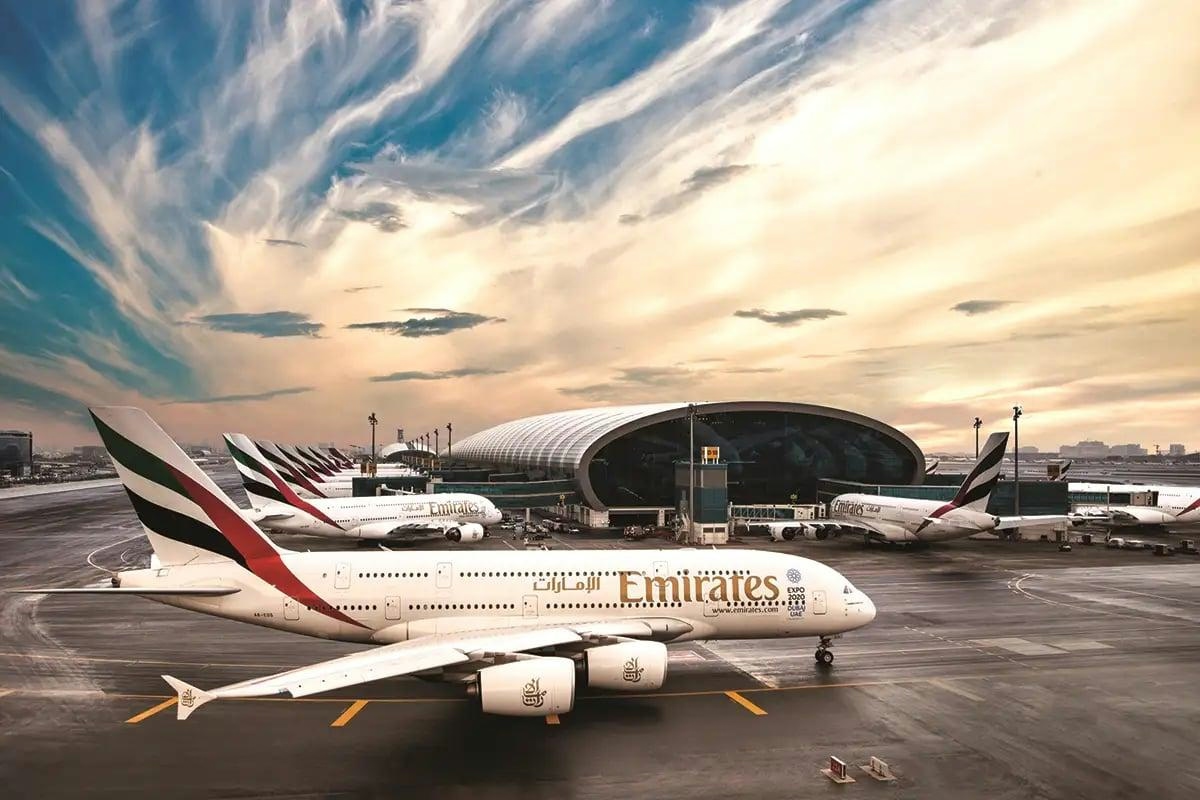
AeroGenie — Your Intelligent Copilot.
Trending
Categories
Global Aerospace Highlights Scope of Aviation Talent Shortage
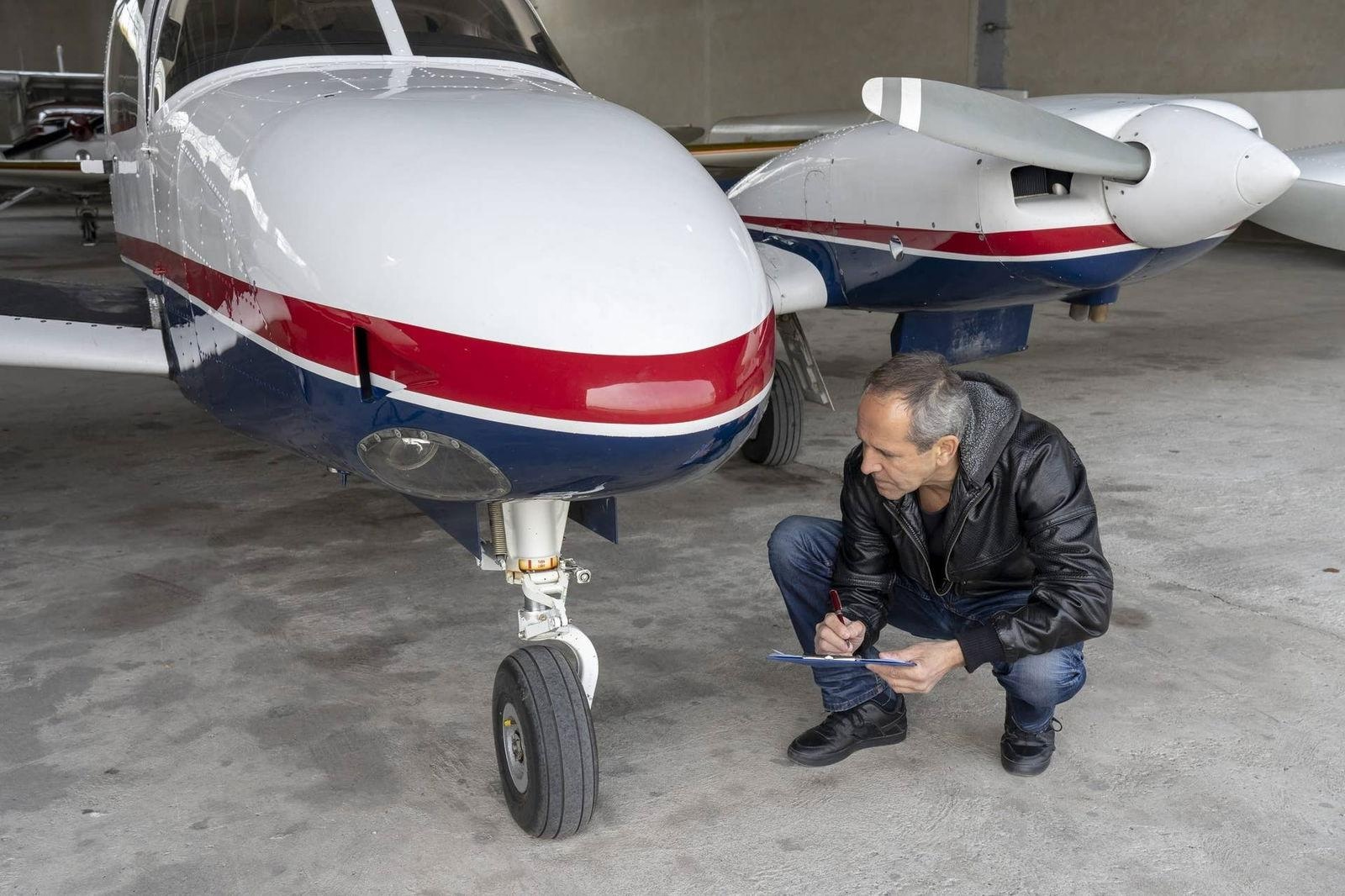
Global Aerospace Highlights Scope of Aviation Talent Shortage
The aviation industry is confronting a persistent and multifaceted talent shortage that poses significant risks to operational efficiency, cost management, and safety standards across the sector. As the industry depends heavily on a skilled and committed workforce, this shortage has emerged as a critical concern for airlines, airports, and service providers worldwide.
Underlying Causes of the Talent Gap
The aviation talent shortage stems from several interrelated factors. A large segment of the current workforce is approaching retirement age, while the influx of new professionals remains insufficient to meet demand. This gap is further exacerbated by competition from other industries, notably technology, which often provide more attractive compensation packages, flexible working conditions, and clearer career advancement opportunities.
The substantial financial and time investments required for training, particularly for pilots, deter many potential candidates. Prospective entrants frequently view the return on investment as less favorable compared to alternative career paths. Additionally, the COVID-19 pandemic has had a lasting impact; the sharp decline in aviation demand prompted many workers to seek more stable employment outside the sector, and the industry has struggled to replenish its workforce since.
Talent Shortage Extends Beyond Pilots
While pilot shortages have garnered considerable attention, the deficit extends well beyond the cockpit. Airlines and airports face difficulties in recruiting and retaining flight attendants, baggage handlers, ramp agents, and ground support personnel. These shortages contribute to operational disruptions such as flight delays, mishandled luggage, and reduced route availability.
Air traffic control centers are similarly affected, with many operating below optimal staffing levels, raising concerns about both efficiency and safety. Maintenance, repair, and overhaul (MRO) organizations also experience strain due to a shortage of certified technicians, which can delay aircraft turnaround times and compromise fleet readiness.
Industry Initiatives: Training, Technology, and Innovation
In response to these challenges, industry leaders are intensifying efforts to address workforce shortages through enhanced training programs, expanded recruitment, and strategic partnerships with educational institutions aimed at strengthening the talent pipeline. There is a growing focus on integrating artificial intelligence and automation to optimize operations and reduce dependence on manual labor.
Technological advancements are transforming the sector, encompassing sustainable energy solutions, automated ground operations, and next-generation air traffic management systems. These innovations not only promise improvements in efficiency and safety but also serve to make aviation careers more attractive to emerging generations of workers.
Future Outlook
Despite the complexity and scale of the talent shortage, the aviation industry is making measurable progress. By prioritizing workforce development and embracing technological innovation, the sector is positioning itself for a more resilient and sustainable future. While challenges persist, ongoing initiatives to attract, train, and retain skilled personnel, combined with the transformative potential of new technologies, indicate a positive trajectory toward overcoming current obstacles.

Comply365 Acquires MINT Software Systems
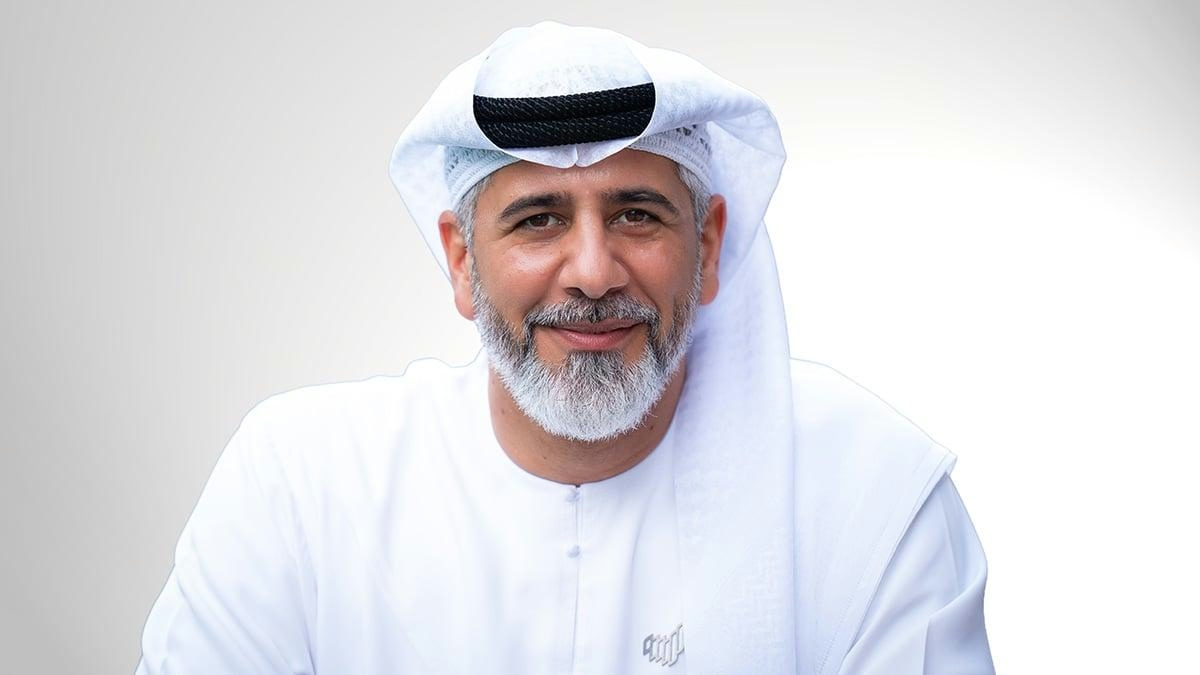
Boeing Names Fahad Al Mheiri Vice President for Middle East and North Africa

McNally Capital Acquires PT6A MRO Specialist ATS
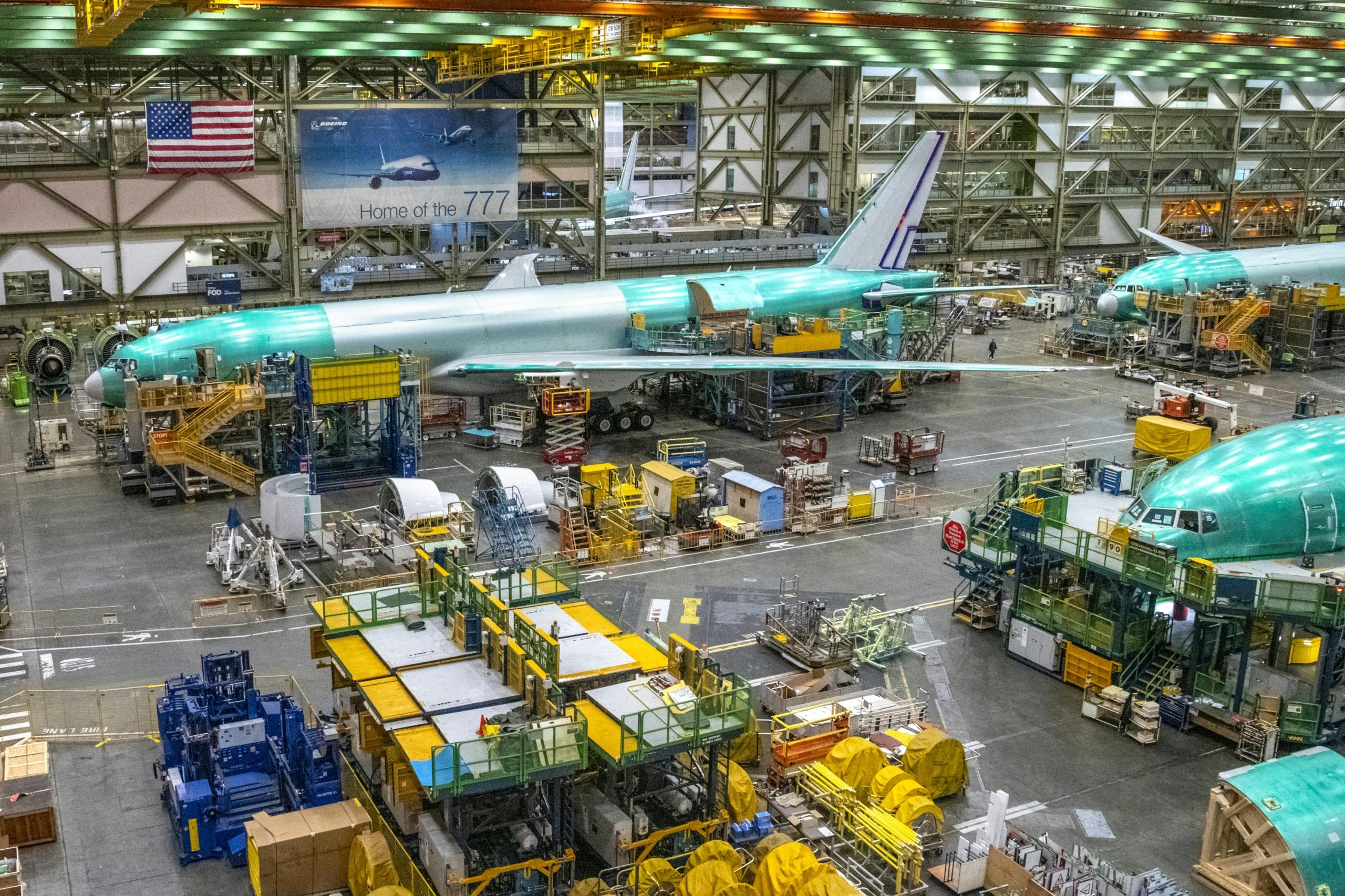
Advances in Defense Aviation and Their Impact on Global Air Travel by 2026
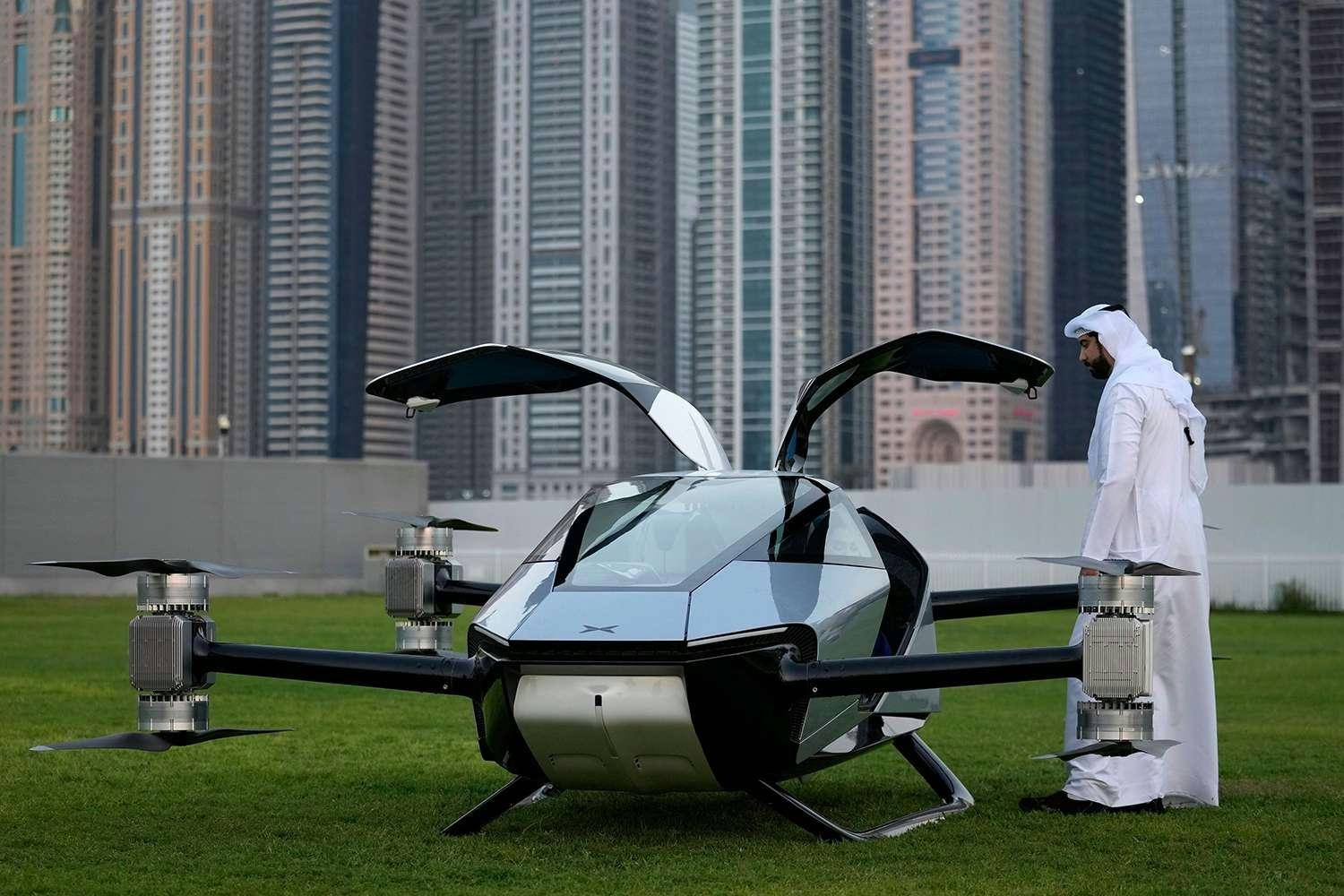
Dubai’s 2026 Plans: Key Developments from Flying Taxis to the Year of the Family

Flow5 Enhances Aerodynamic Simulations for Aviation and Marine Design

CALC Orders 30 Airbus A320neo Jets to Expand Fleet by 2026

John Travolta Discusses Business Aviation and Cabin Spending

AI in Travel Planning: Benefits, Risks, and Future Prospects
